Water crisis in Iran's Khuzestan, the pandemic and echoes of Saadi's timeless verses
by Mahshid Zamani Bozorgnia
Updated: 25 July 2021
Saadi (sa'di), the great Persian poet and philosopher, has three verses with such universality that befittingly decorate the entrance to United Nations building, serving as its motto:
Children of mankind are as limbs of one / As in creation are of one essence
One among the limbs, when grapples with ache / Every
If you are unfazed by other people's pain / Never you deserve to hold the mankind's name
To me, the recent pandemic has only proved Saadi's message to be as relevant today, despite passing of eight centuries:
Hasn't the Pandemic just reminded us that the world is indeed round, we are in it together and none of us can live in a bubble?
Has it not taught us that to ignore others' sufferings is no longer an option? And that actions taken by one can impact every one else’s life?
I see you my friends as thinkers, and believe that I need to share with you the sufferings of my compatriots in Iran's southwestern province of Khuzestan.
These days people in Khuzestan are in hardship due to water shortages.
"We are Thirsty!”
/ تشنه ایم / نحن عطشان
is what protestors in Khuzestan province of Iran are chanting!
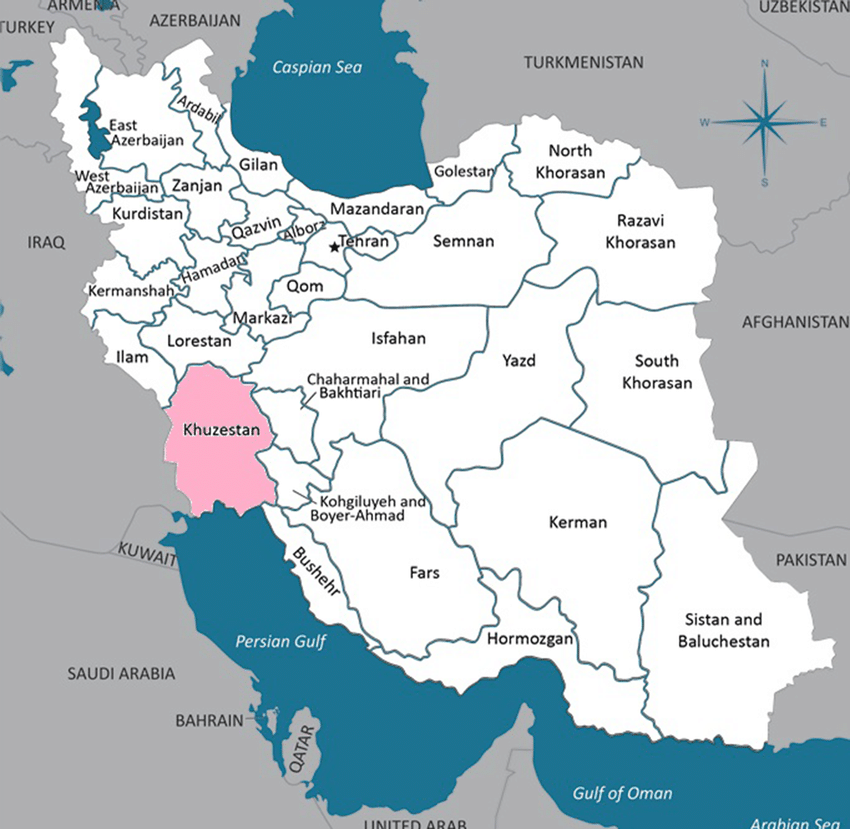
It needs to be said that Khuzestan has been the richest province of Iran with its oil, fertile soil, rivers and ports accessing the Persian Gulf.
Ironically, the province has been historically known to have enjoyed water supplies in abundance. Enough even for one particular plant with constant need of plenty of water, namely sugarcane. Hence earning its historic name of Khuzestan meaning the Sugarland (the prefix stan, means lands).
Water management has a long history in Khuzestan. The province is home to a very old irrigation network going back over a millennium. Shushtar Historical Hydraulic System, has been designated a World Heritage Site by the UNESCO.
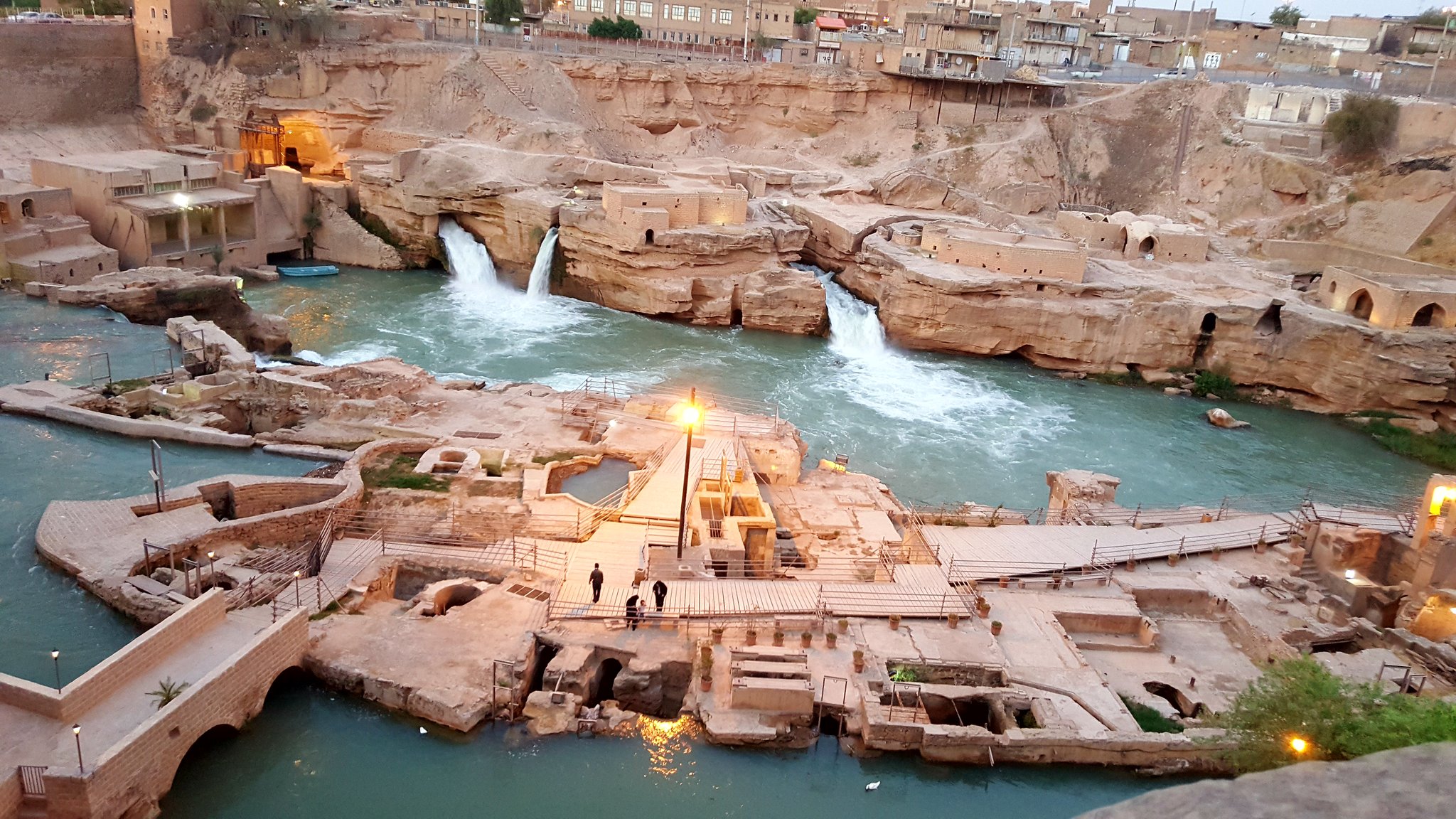
Regrettably, during the last few decades, the abuse of natural resources and water supplies, mismanagement, corruption, and incompetency on part of the authorities together with lack of planning have served as aggravating factors to climate change, leading to the current catastrophe in that region.
With water issue now affecting many towns and villages, protesters are on the street every day demanding that authorities put an end to the water crisis! Sadly, the peaceful demonstrations took a turn towards violence last week, when two young men were killed by gun shots in the city of Shadegan.
During the past decades, the climate shift has been manifested as blistering heatwaves and heavy seasonal sandstorms blowing in from Saudi Arabia and neighbouring Iraq only to have dried up Khuzestan’s once-so-fertile plains. Warming of the climate in Iran is visible in the upward trend of the maximum temperature plot below. (see interactive plots).
Draining of Iraq's southern marshes, during Saddam's rule is a classic example of politically motivated man-made disaster, which now affects Khuzestan by causing more sandstorms.
As per a recent report by Aljazeera:
“Scientists say climate change amplifies droughts, and their intensity and frequency, in turn, threaten food security.
"Iran is facing its worst drought in 50 years, with protests breaking out in several cities and towns in Khuzestan province over the water crisis, which has affected households, devastated agriculture and livestock farming, and led to power blackouts."
Aljazeera also pointed out that:
"Power cuts in the peak summer months are not uncommon in Iran, but the continuing drought has intensified the situation."
On the other hand, Khuzestan has been the war front during the eight-year Iraq-Iran war that destroyed the lives of hundreds of thousands of people in those beautiful cities as well as their infrastructure.
The Western parts of the province were directly invaded by Saddam's army at the onset of the war. The port city of Khorramshahr, one of Iran's busiest ports was occupied for around 20 months, and has never recovered to its pre-war status. The rest of the province also endured constant attack by Saddam's missiles targeting civilian populations.
Unfortunately, after the war, rebuilding the cities of Khuzestan has not been a priority for Iranian government.
Khuzestan MP Abdollah Izadpanah last week warned that:
“Khuzestan’s insecurity means a lack of security for the whole country”, according to ISNA, which has also reported him as blaming the water shortages on “mistakes and unjustified decisions”, such as diverting of water from rivers in Khuzestan to other provinces. .
There are also reports of activities on part of authorities for addressing the water shortage as well as words about doing more to "alleviate the situation”.
"The governor of Khuzestan, Qasem Soleimani Dashtaki, promised to ease the water shortages within a year, which have affected at least 702 villages in the province". , according to ISNA.
Others have factored in the external actors in Iran's problems, e.g. According to CNN:
“Iran's economy has been crippled partly by sanctions imposed mainly on its oil industry by former US President Donald Trump in 2018, as well as the Covid-19 pandemic. Workers, including thousands in the key energy sector, and pensioners have protested for months, with discontent growing over mismanagement, high unemployment, and an inflation rate of more than 50%.”
Let us close this overview of the situation in Khuzestan, the same way it was opened and simply repeat the third of Sa’di's undying words:
If you are unfazed by other people's pain / Never you deserve to hold the mankind's name
Appendices
Khuzestan in history and scripture
Speaking of World Heritage Sites, Khuzestan has more to offer. The Achaemenid capital city of Susa or Shush has a long history going back over a couple of millennia while still hone to a population of 80,000. It was in fact, the Achaemenid king Darius the Great has had a prophetic plea for his kingdom:
Oh God, save my land from drought
Darius' headless statue was found in Susa 1n 1973.
Susa has another enviable distinction. It is one of a couple of dozen cities mentioned by name in the Old Testament / Hebrew Bible and among the handful of those still inhabited. Susa's link to the holy scripture does not end there. People of Khuzestan call Susa Shush e Danial, i.e. Susa of Daniel. And this because the Biblical prophet Daniel is buried in Susa and his tomb is most revered and visited by pilgrims every day.
But history of Khuzestan goes even further back. Ziggurat of Tchogha Zanbil, another World Heritage site dates back over three millennia. It's an awe-inspiring huge brick structure from Elamite era. Kingdom of Elam is also named in the Old Testament.
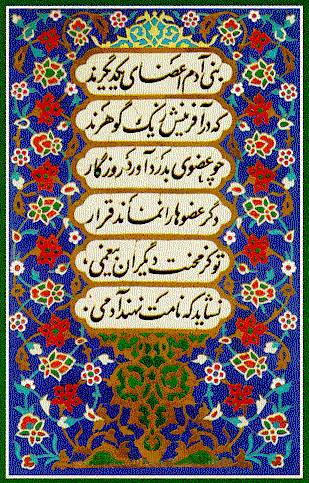
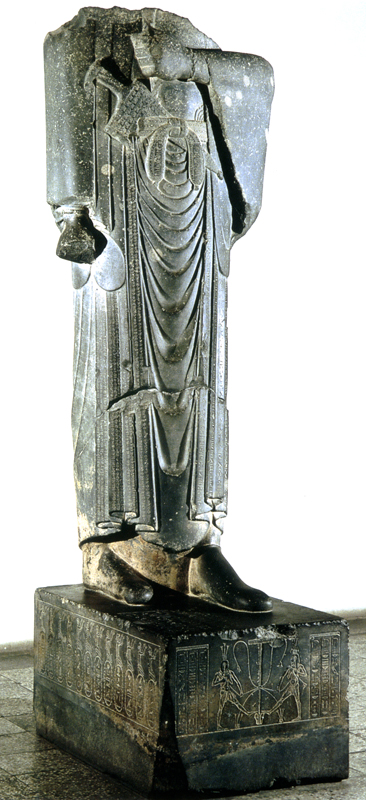
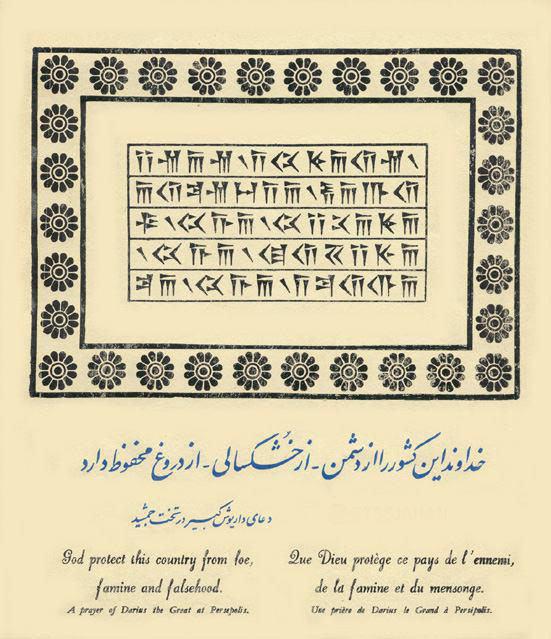


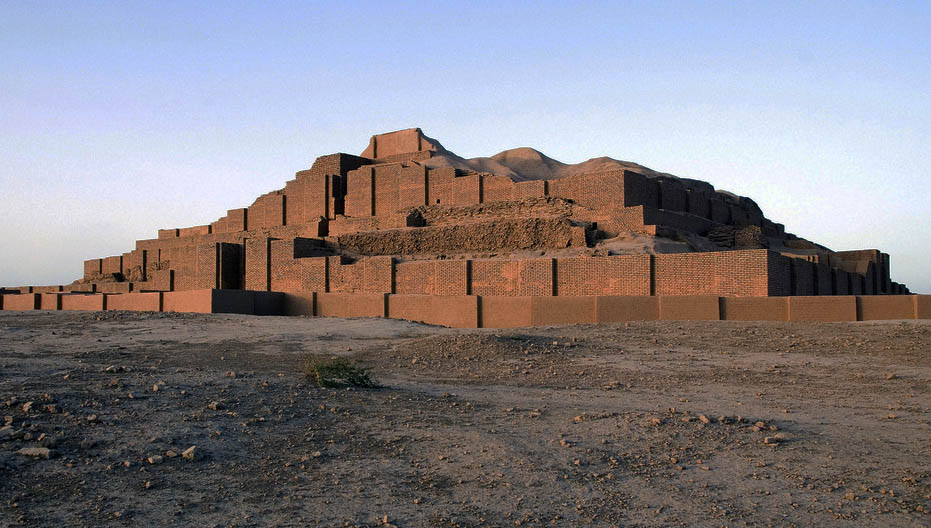

Live (interactive) climate plots
You can hover the mouse on the plot to check the data values.